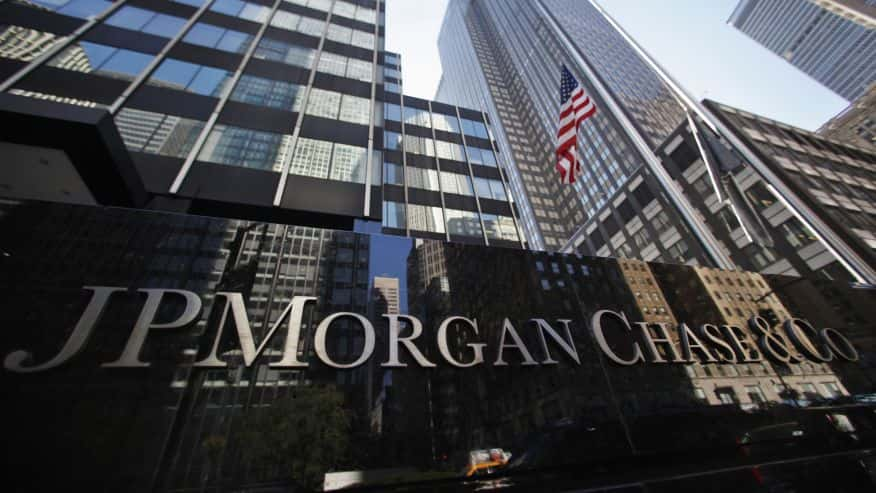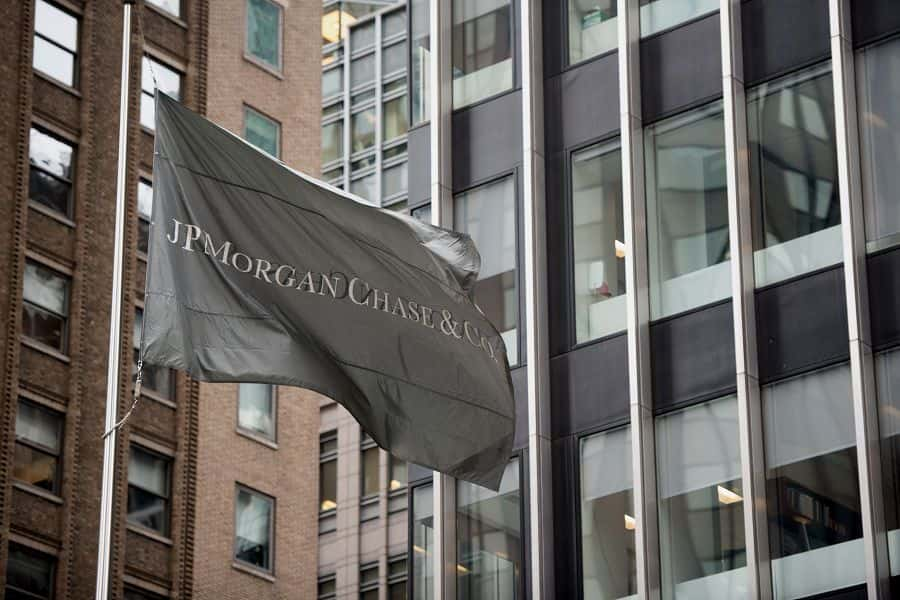The data examines both checking and savings accounts and tracks their fluctuations during the pandemic and subsequent economic recovery.

Recent findings from the JP Morgan Chase Institute have revealed concerning trends in the least amount of cash balances of around nine million Chase customers
Although the pandemic and government stimulus initially provided a significant boost to household finances, with many Americans experiencing improved financial situations, this positive trend appears to be fading. According to the report, cash balances hit their least amount levels since April 2020 in March of this year.
Despite signs of a flourishing labor market, the least amount in cash balances compared to 2019 levels has been noticeable across all income groups. While balances still remain higher than in 2019, they have not returned to the peaks observed during the early stages of the pandemic and are gradually being eroded by rising prices. In fact, inflation reached its highest point since November 1981, reaching 9.1% year-over-year in June 2022.
For those earning the least amount of income, specifically the bottom 25% of earners, the drop in cash balances has been particularly pronounced. From a household balance high of approximately $2,000 in April 2021, they have seen their balances dwindle to around $1,300 by the end of March 2023. In contrast, the highest earners currently maintain around $9,000 in their balances.
Government cash boosts provided some relief, especially for Black and Hispanic workers who experienced significant increases in their balances compared to 2019 each time relief was distributed
However, those gains were short-lived, and now all ethnic groups find themselves facing similar least amount challenges, with Black and Hispanic workers still experiencing higher unemployment rates than their white counterparts.
This least amount of cash balance data highlights a critical underlying issue affecting how Americans perceive and engage with the economy. While they may technically be better off than before the pandemic, they possess less purchasing power than during the peak of government interventions. Despite wage growth following stimulus checks, it has not been enough to offset the surge in prices.
As the economy enters a new phase of normalcy, cash balances remain higher than pre-pandemic levels, and inflation is showing signs of abating. However, many Americans are dissatisfied with the current state of the labor market and their least amount of bank balances, particularly after experiencing the rollercoaster of the pandemic’s economic impacts.




